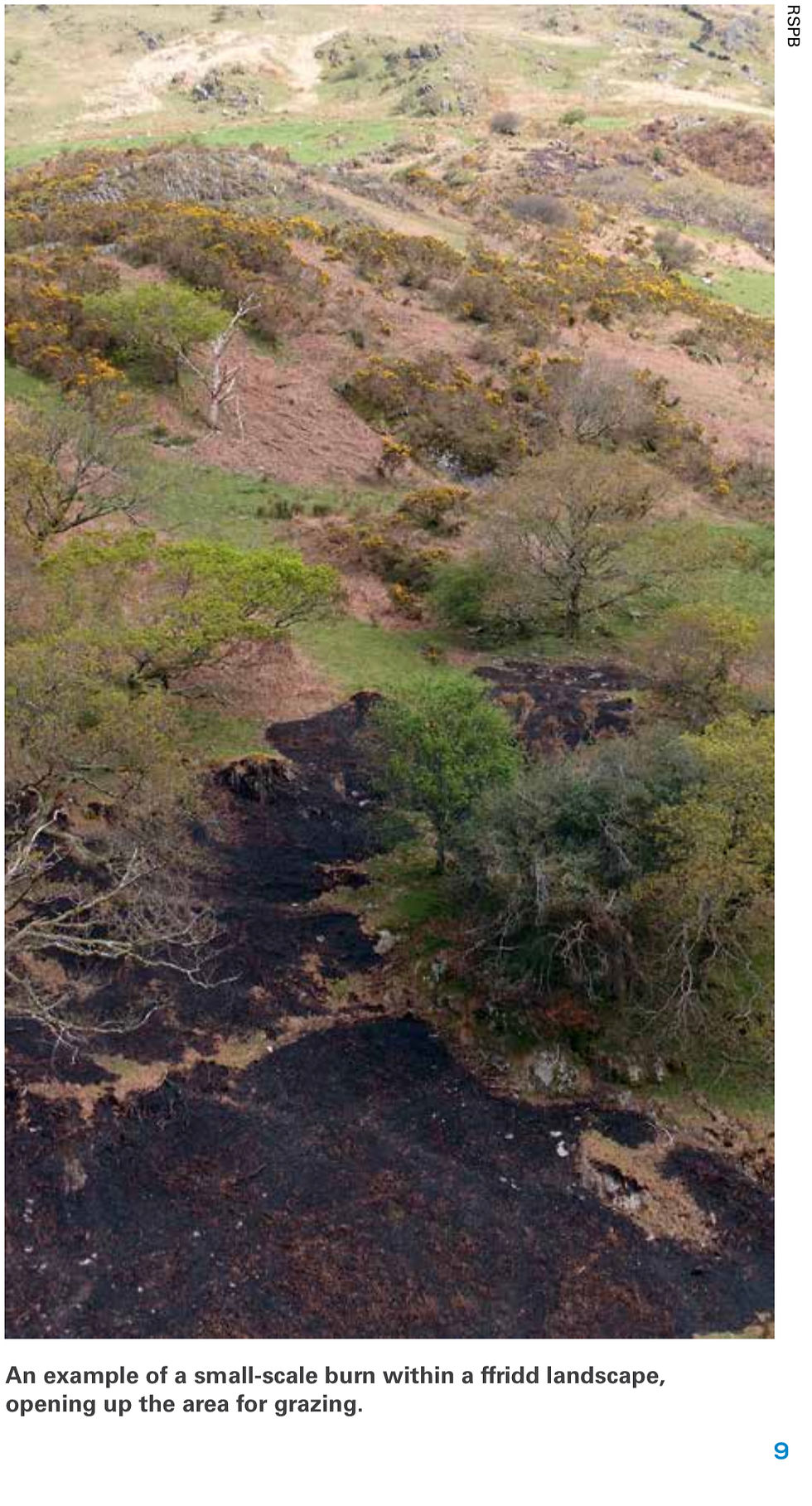Charity groups 'playing with fire' after deliberately misleading MPs on heather burning
- C4PMC
- Oct 27, 2020
- 4 min read

[Gamekeeper showing how peat remains wet following controlled cool heather burning]
Charity groups have been accused of playing with fire after deliberately misleading media and politicians on the impact of controlled heather burning.
Despite their claims, the latest scientific data shows a ban on heather burning would remove just 0.004% of the UK’s carbon emissions yet risk emitting far more.
So determined are certain individuals within the RSPB and other charitable organisations to see an end to driven grouse shooting that they are willing to risk huge amounts of environmental, ecological and economic damage to our country, particularly within our beleaguered rural communities.

[The RSPB and LACS are now virtually indistinguishable]
The organisations producing the latest deliberately misleading statement include, Plantlife, CPRE - the countryside charity, Friends of the Earth, National Trust, RSPB, Wildlife and Countryside Link, and the Soil Association.
Earlier in the year, a Senior RSPB Public Affairs officer, was found to be circulating a letter to a number of NGOs calling for their support on a burning ban which included significant numbers of scientific inaccuracies. It is not known whether the latest statement is as a result of the RSPB applying pressure on the other charities.
Statement after statement produced by these organisations has sought to deliberately mislead policy makers and the media, who too often take what these charity organisations say as gospel without questioning any of the details within it - a trap the Manchester Mayor, Andy Burnham fell into last week.
These statements are often written by North London based PR officers, most of whom have no true understanding of the damage they threaten to inflict, yet they seek to generate headlines without any acceptance of the implications of their actions.
They regularly call for an end to ‘peat burning’. No one burns peat. It is a ridiculous suggestion and deliberately misleading.
For anyone in any doubt watch this short video from Channel 4’s recent coverage on controlled heather burning.
What these charity organisations are calling for is a ban on the skilful removal of heather canopy and dried vegetation which massively reduces the risk of wildfires and is used by firefighters all around the world.
Fresh heather also provides a vital food source for rare ground nesting birds and help promote biodiversity levels.

[Wildfires like Saddleworth can release millions of tonnes of C02 into the atmosphere]
It is no surprise that almost without exception the worst wildfires in the UK, such as Saddleworth, have taken place on land managed by the charity groups on which controlled burning is not practiced.
At the time of Saddleworth wildfire, Rob Marrs, Professor of applied biology at Liverpool University, said the fire would not have spread as easily - and would have been less likely to have penetrated the peat beneath - if the dry scrub and heather had been managed by occasional burning.
Marrs said: "The RSPB didn't think a big fire like this would happen to them but I've been predicting this for 15 years. Leaving the land alone causes much more damage than controlled burning because there's more heather to burn so it gets hotter and spreads to the peat, which in turn spreads the fire. It wasn't a matter of if, but when, and that when is now."

[Emma Bridgewater, the famous pottery designer, is President of CPRE]
These charity groups talk about the level of CO2 released from controlled heather burning each year. Not only are these levels hugely exaggerated in the charity press statements, but they are dwarfed by the levels of CO2 released from wildfires and taken entirely out of context.
There are 40.1millions vehicles on the road in the UK. In CO2 terms, removing controlled burning on grouse moors is reducing just 0.004% of their combined emissions. Their entire policy is madness.
But these charity groups choose to ignore these facts, despite the risks of their actions, because so blinkered are they in their struggle to have grouse shooting banned as a result of some distorted classist misconception.
One of the worst culprits for this is former RSPB employee, Mark Avery, who remains closely associated with their campaigning operation.
Avery has attempted to push a ban on controlled heather burning as a trojan horse to ban driven grouse shooting.
Commenting on his own blog earlier in June 2020, he sought to reassure a supporter of his that grouse shooting could be stopped by a ban on heather burning by saying ‘Don’t get despondent…restrictions on burning of peatland will be important and come from a completely different direction [in their campaign to get grouse shooting banned]’.

How futile and self-serving these organisations have become and what damage they threaten to cause.
Indeed, it should not be forgotten that as recently as 2014 the RSPB released public research title: 'Ffridd - a habitat on the edge' which said of controlled heather burning: 'Prescribed burning can encourage heather regeneration on heather dominated upland margins, and can open the area up for sympathetic grazing and lead to a better mosaic structure.'
Fortunately, indications suggest that policy makers have taken time to look at facts and science, and recognise these charity organisations have sought to deliberately mislead them for too long.
No one wants to be responsible for wildfires across the UK’s uplands and the untold damage these will cause.





